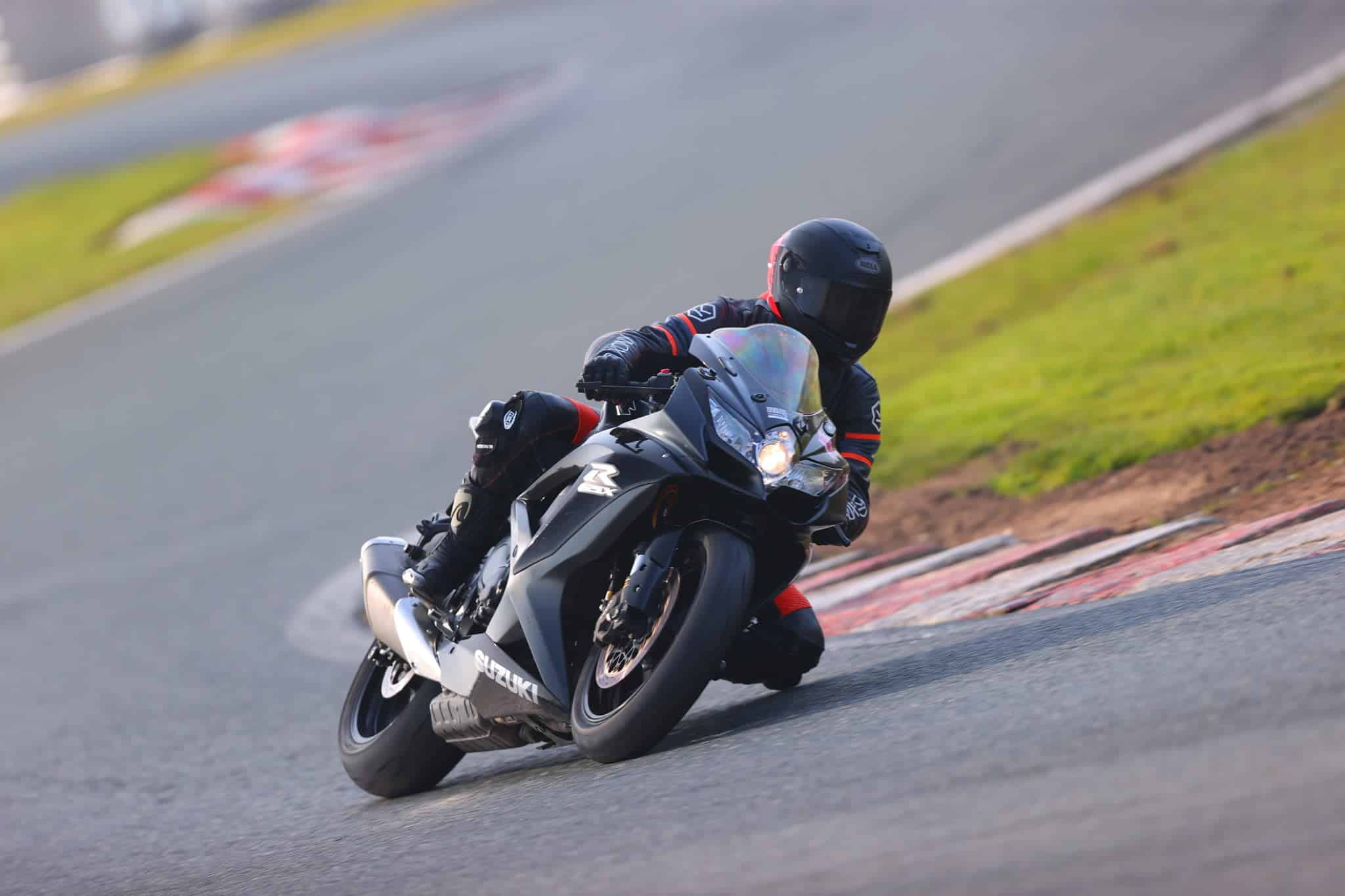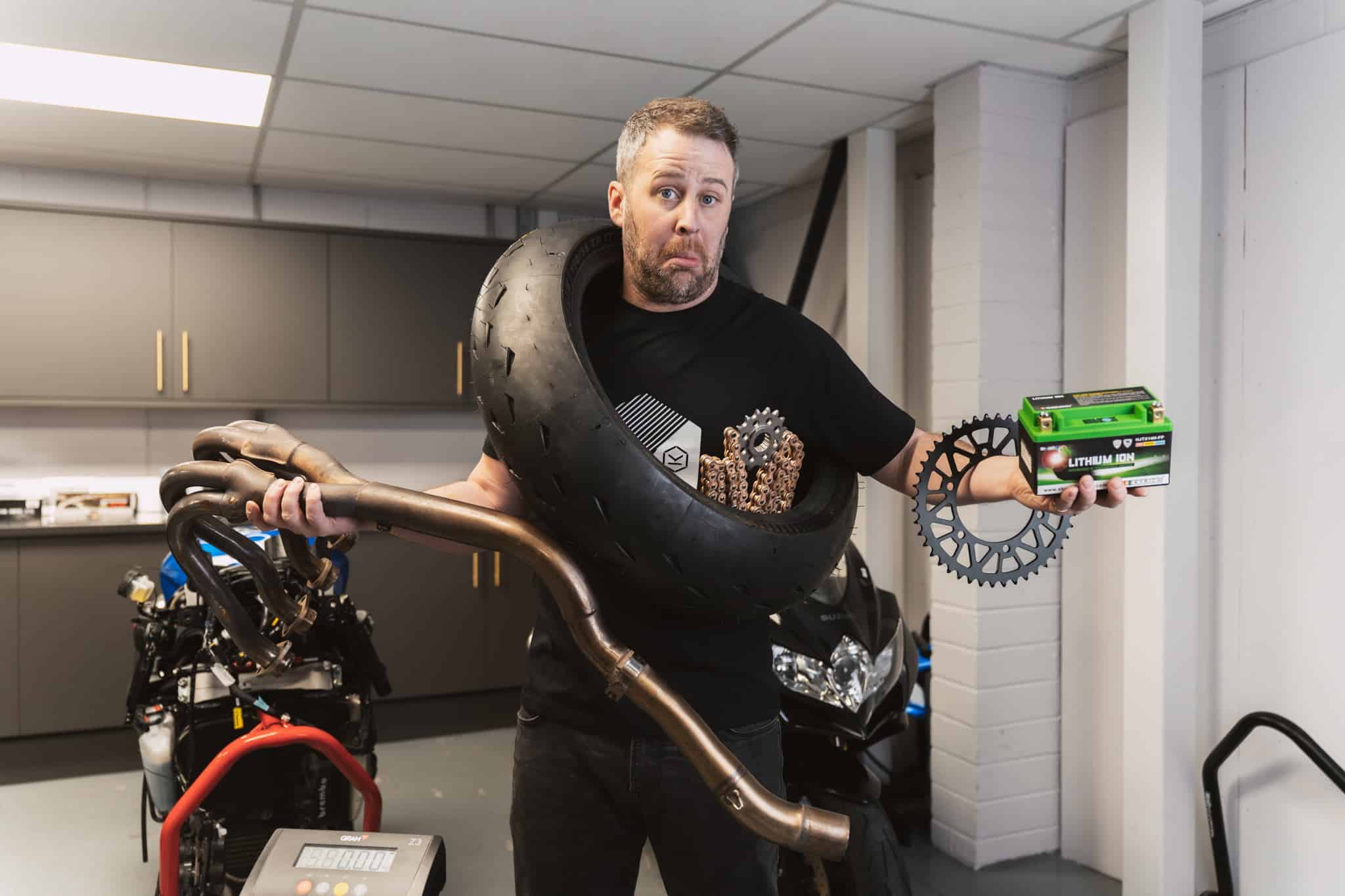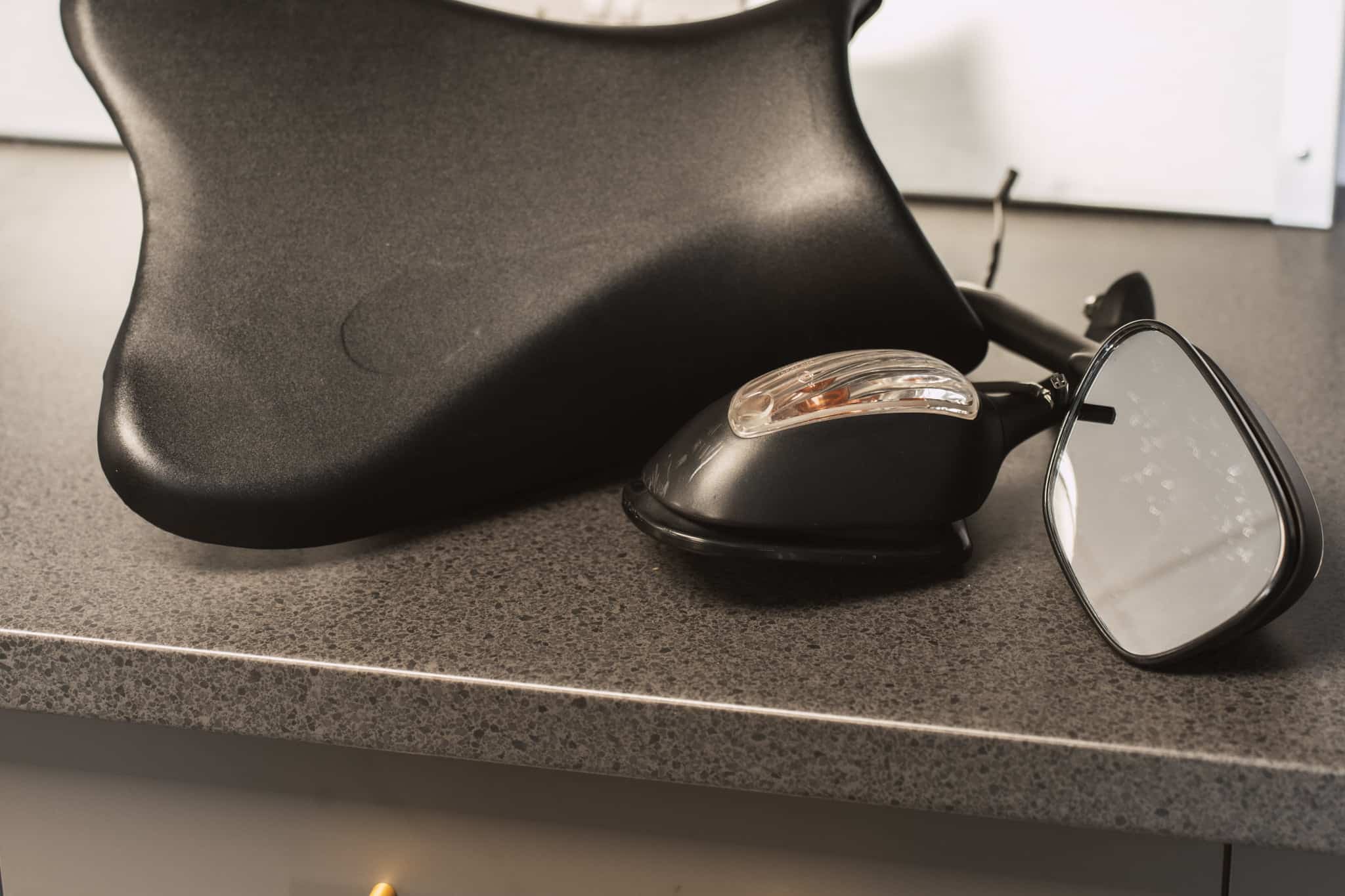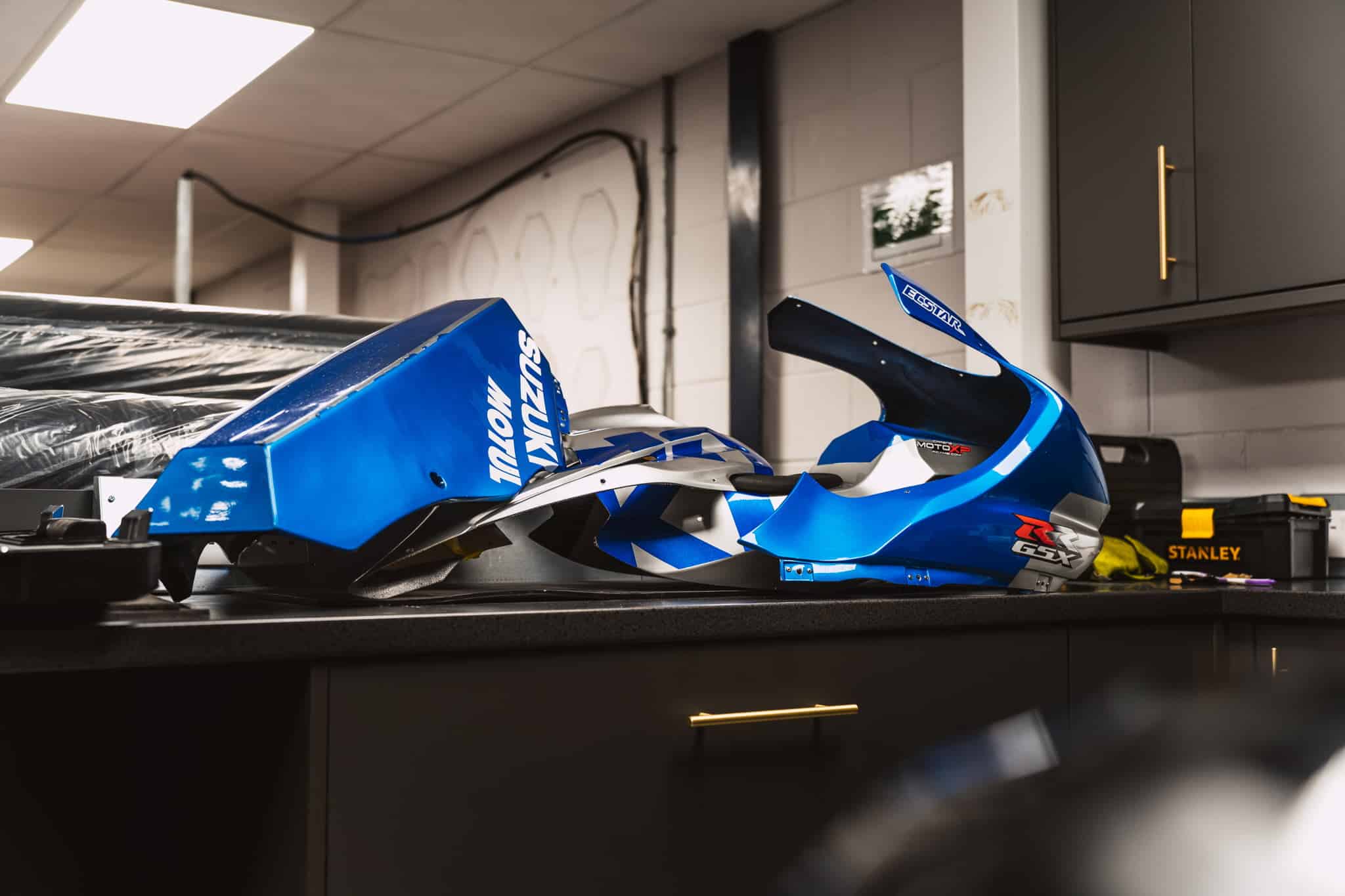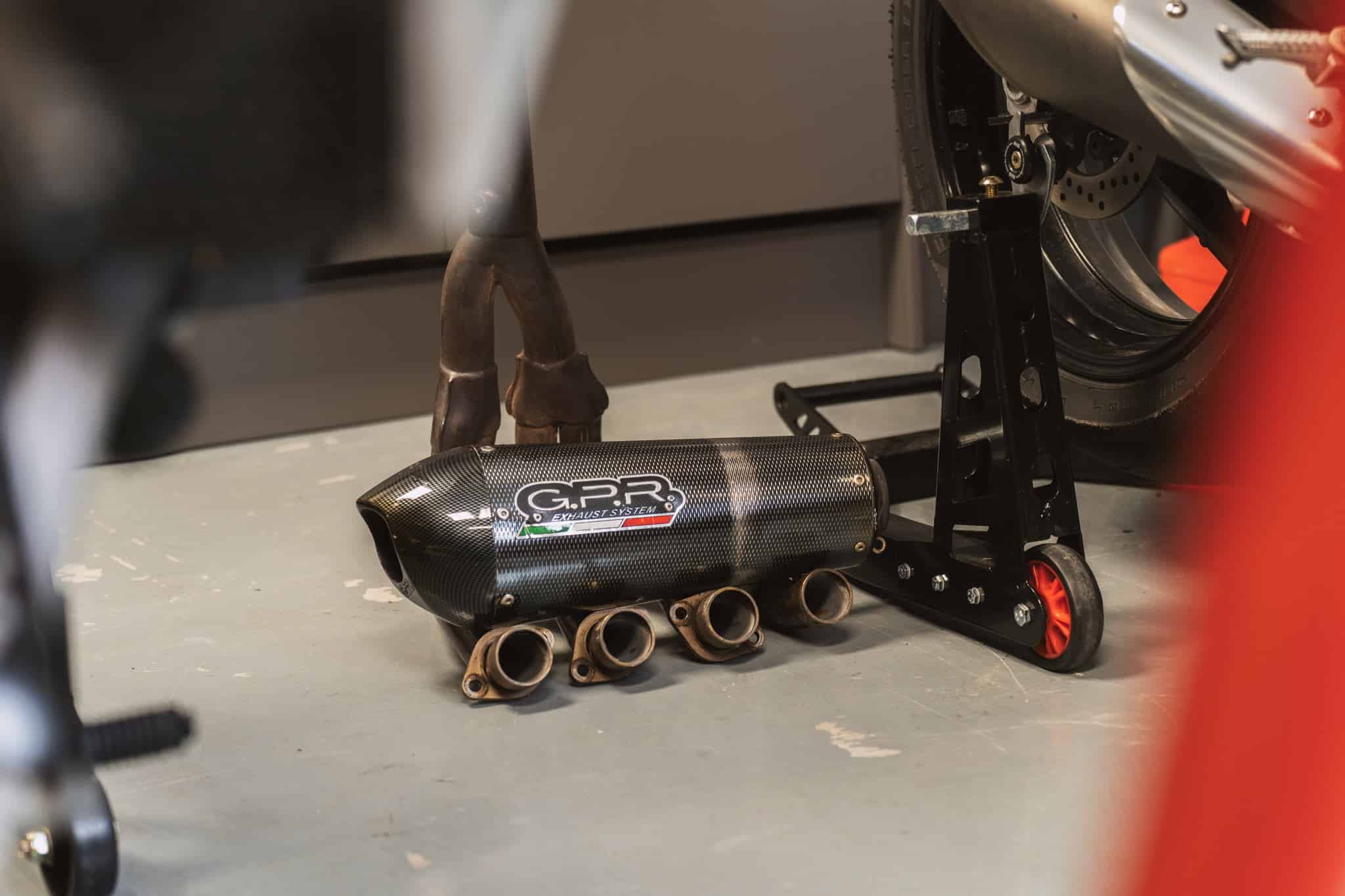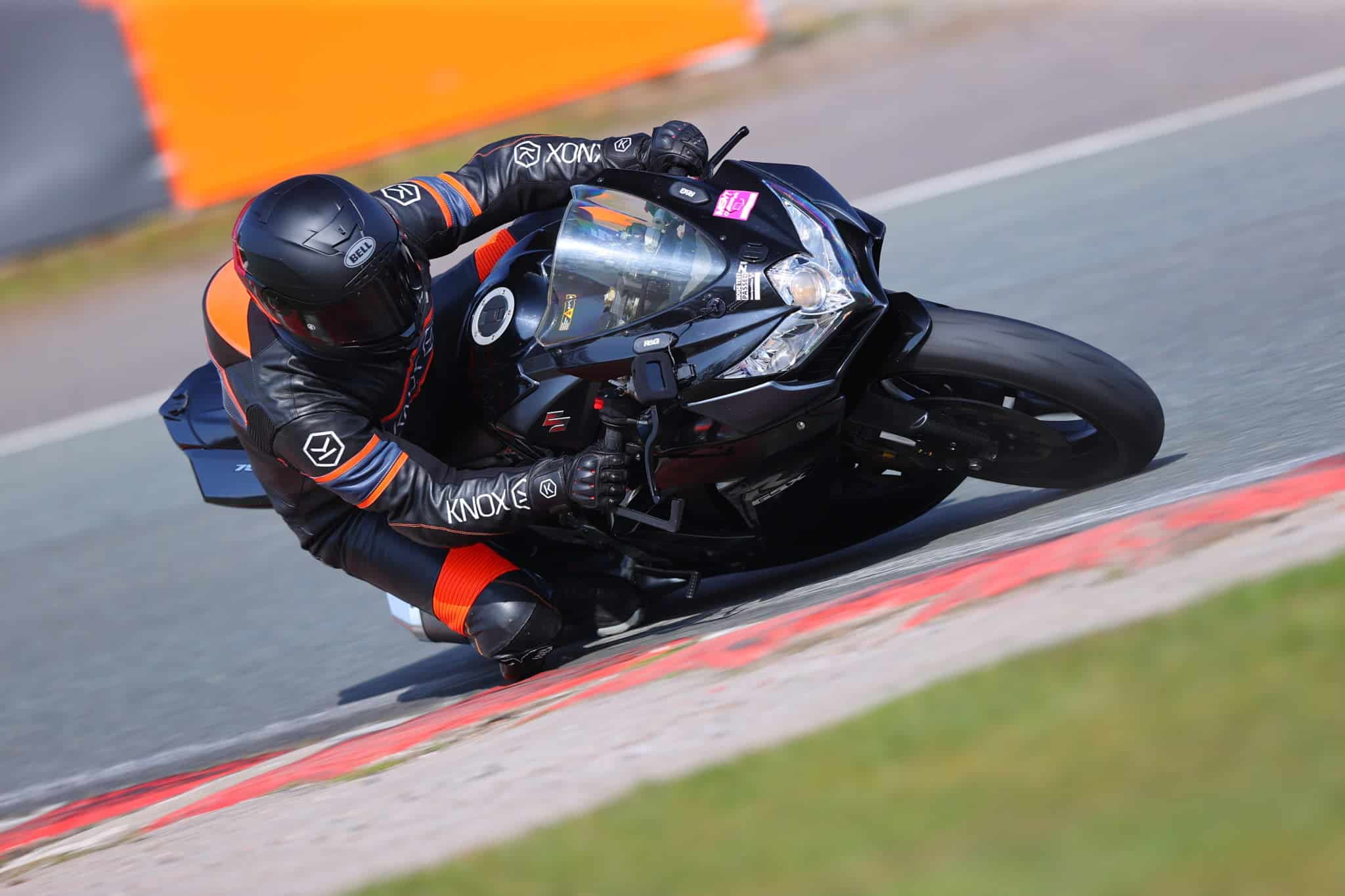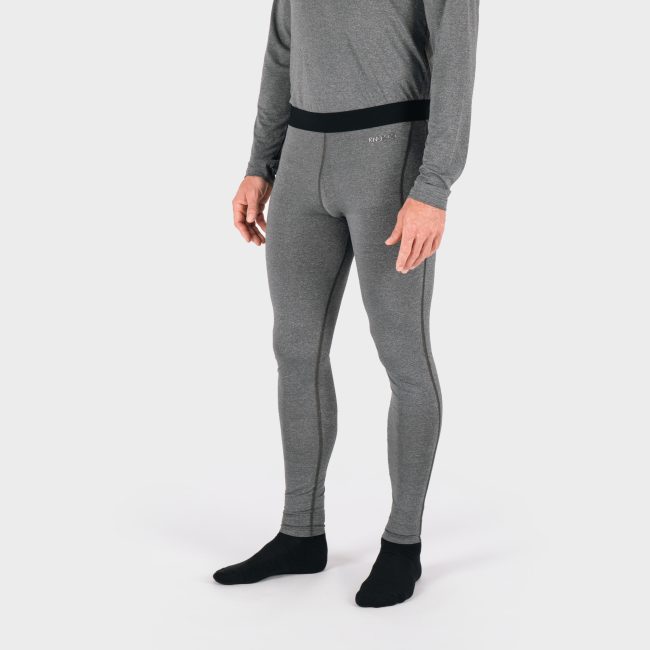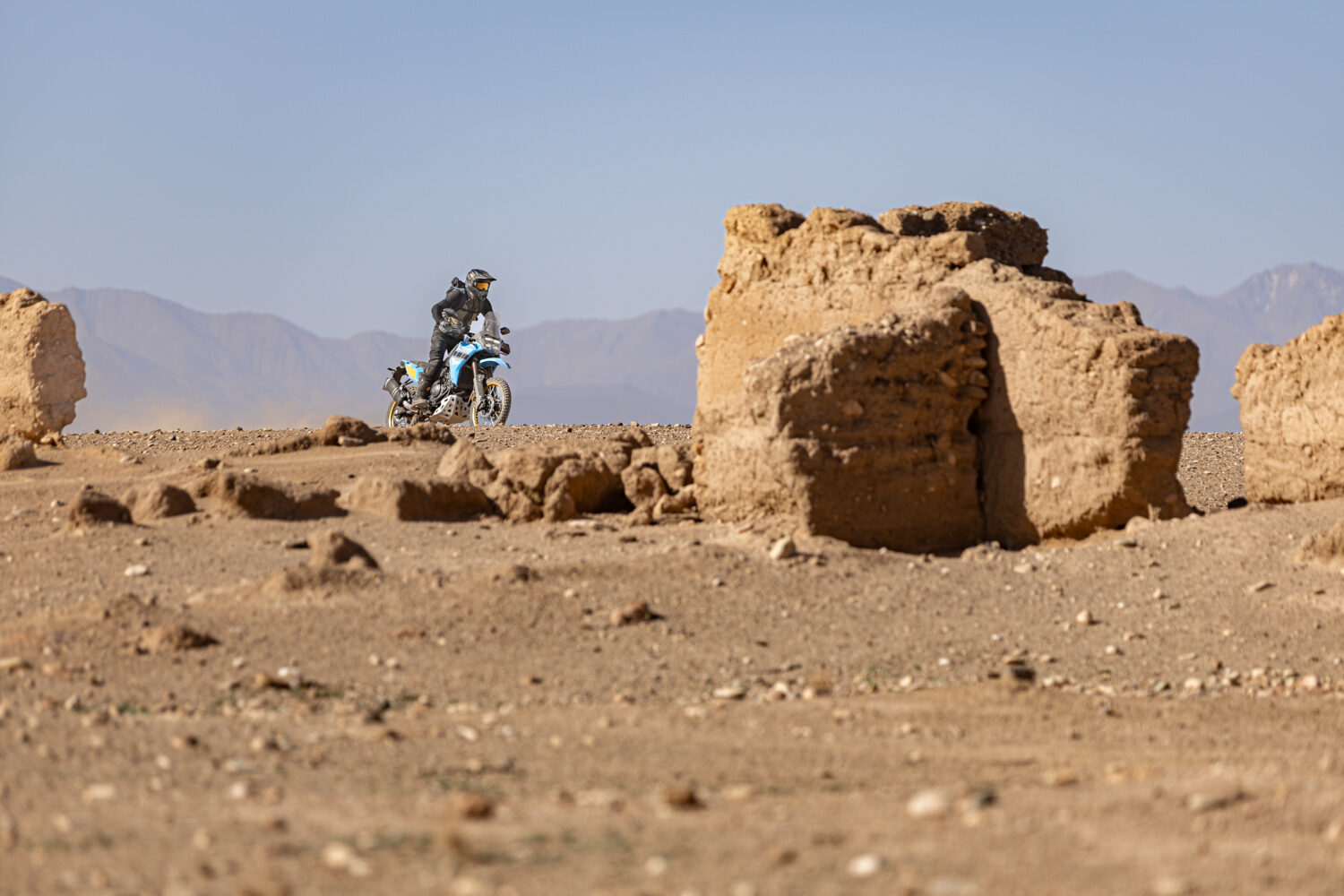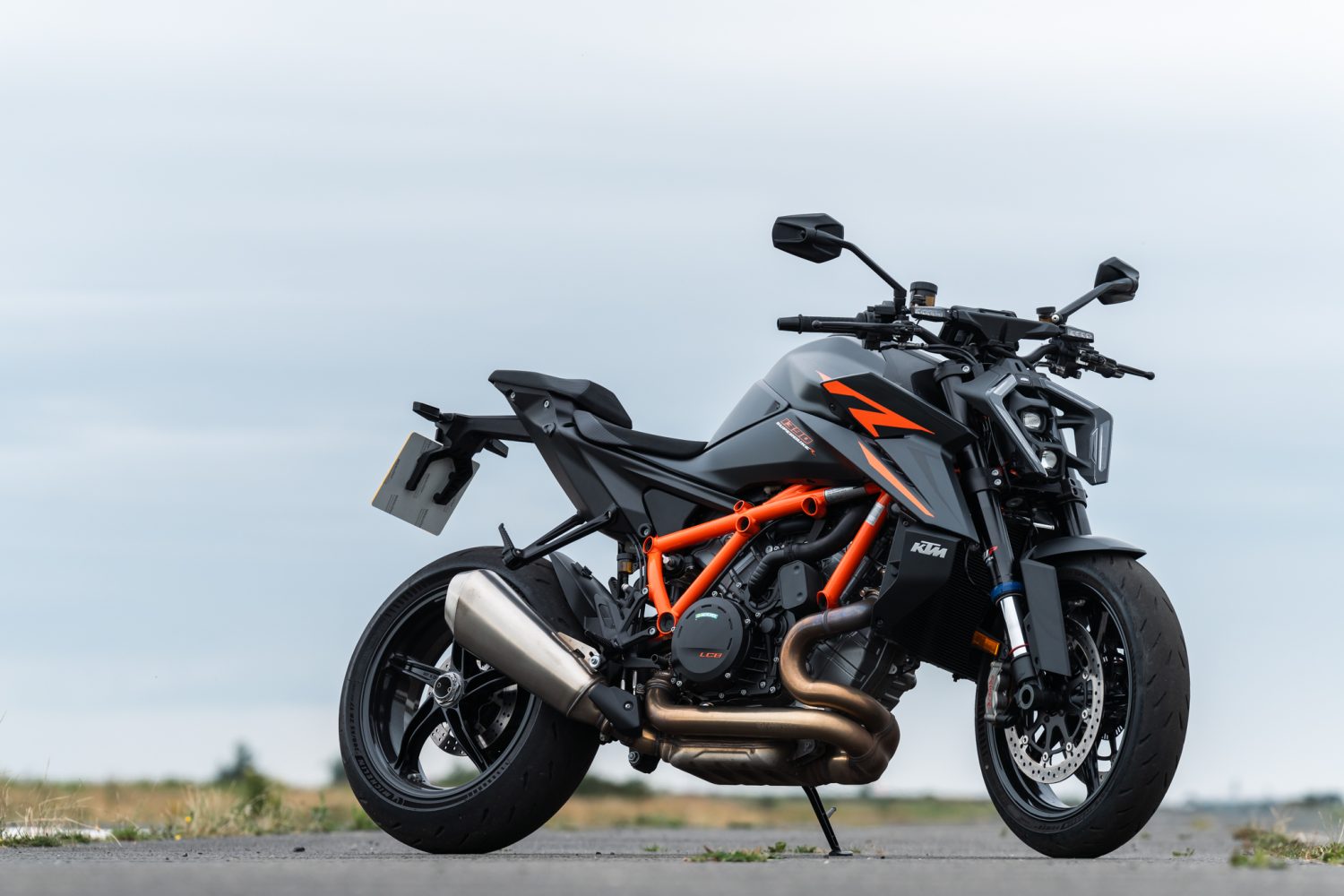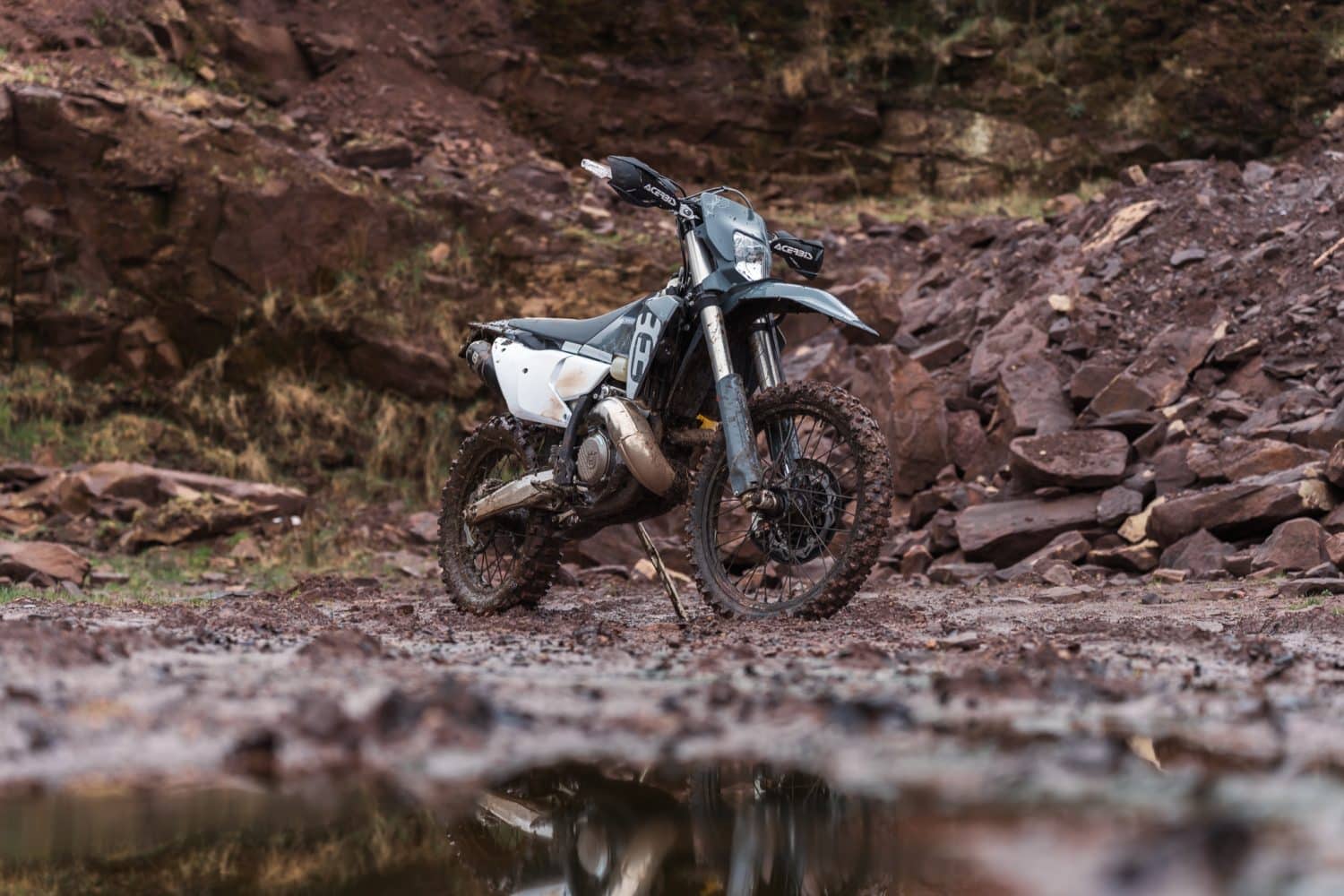How to save weight from your motorcycle
WRITTEN BY AARON TRAVELL
In this article we’ll address the main ways to save weight from your motorcycle! So grab a cup of coffee, read on but I’m going to warn you now, its going to get a bit techy!
Most readers of the Knox blog will know that we’ve done quite a bit of bike modification on the channel and track riding too. Both our Suzuki GSXR 750 and GSXR1000r bikes referenced in this article are nicely modified to improve their performance on track and referring to my GSXR 750, it is now 100% how I want it as a 50% road/50% track bike.
When looking at maximising the performance of a motorcycle, weight must be a factor. A lighter bike accelerates quicker, brakes quicker, turns quicker and generally covers up for the fact that most of us are carrying a bit too much weight ourselves!
As part of the modifications I’ve done, I’ve found myself weighing literally everything that is going on a coming off the bike. I also didn’t find much helpful content on this subject available, hence this article!
This article is mostly about weight saving theory based on what I’ve learned as a part of this build project rather than applying all of them to my own bike because as you will read, some of the weight saving methods have some compromises, and some of them essentially turn your bike into a track only machine, and some of them in my opinion are negligible in terms of gains vs cost, so I’ve majored on the big hitting stuff.
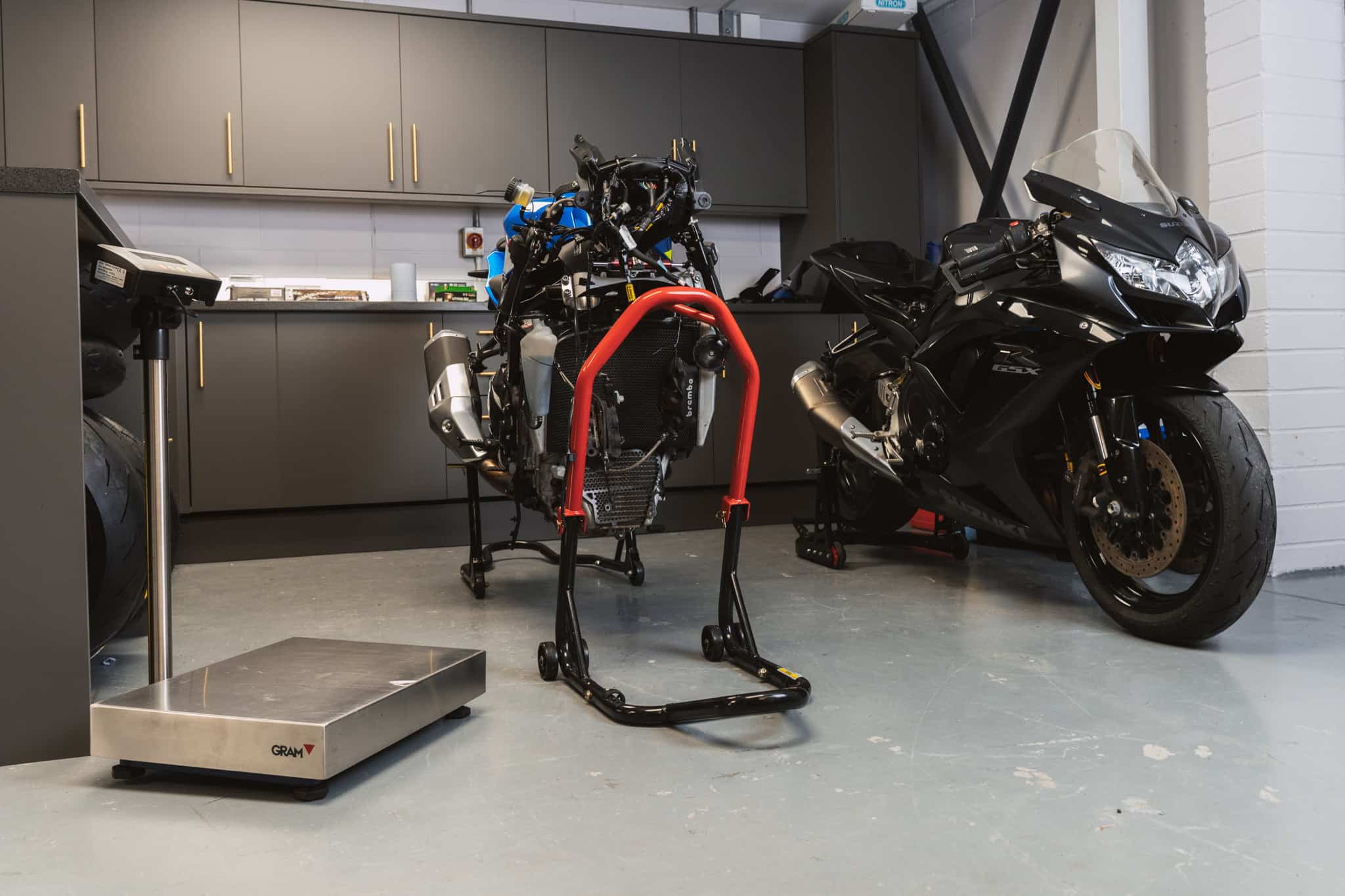
But before we get into it, a quick opening statement. Nowadays, performance bikes are generally very well engineered, of course to meet a price point, but over the years engineering tolerances have gotten tighter, metals thinner, lighter, stronger. No manufacturer is designing bikes and saying, “hey we really need to make this bike heavier”! The trend has been to reduce weight and increase performance, but slightly offset by emissions and safety stuff like ABS pumps, extra catalytic converters, exhaust servo’s etc. With that in mind, in the most part from a rolling chassis, your bike is what it is. You may be able to knock 15-20kg off it, but you aren’t going to knock 50kg off it without a massive budget… leave that stuff to the MotoGP teams.
Also, as a bit of guide, its worth checking out the minimum weight regulations for motorcycle championships. These minimum weights are measured after race, so with little or no fuel, but with oil and water. BSB Superstock 1000 is 174kg, BSB Superbike is 168kg, and WSS is 161kg. For 2022 there are a lot of updates in WSS regs that are quite interesting like now including bikes like my Suzuki GSXR750 and Ducati Panigale V2 and they have also introduced a minimum combined bike and rider weight. I’m not going into that here, but it could see race teams actually adding weight to their bikes dependent on their machine choice and how heavy their rider is. This new regulation will probably trickle down to other supersport classes around the world. This is noteworthy with regards to weight saving, because these technical regulations are a good guide to where these machines can potentially end up with a proper race team budget.
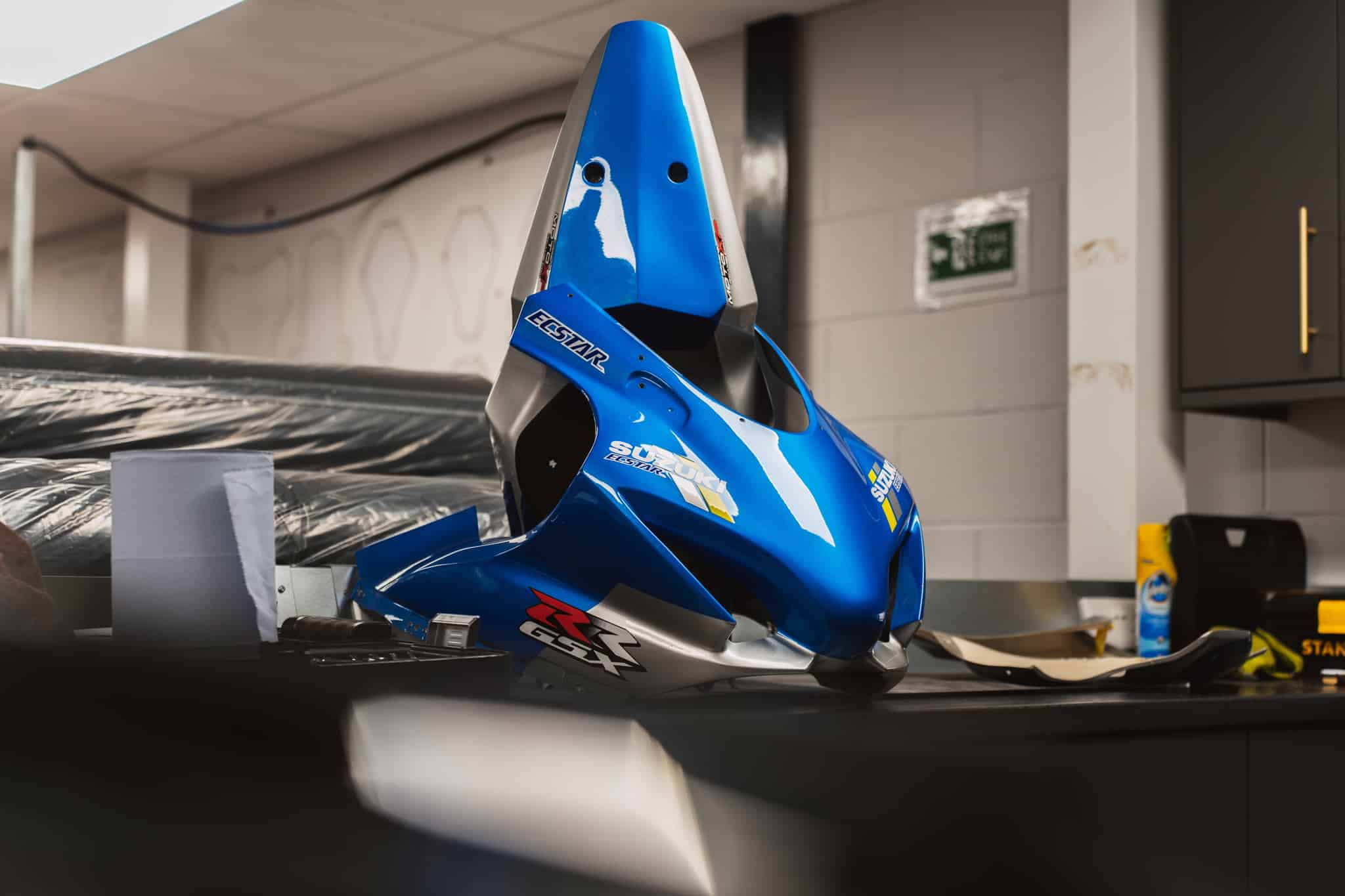
Bike start weight.
Before I came up with my list, I weighed the bike. With ½ tank of fuel or about 6kg, perfect for a typical track day session, its weighs 191kg. Pretty light by today’s standards. This GSXR1000 weighs 202kg in same position.
Then I make my lightest possible weight calculation starting with biggest savings first.
1). Race fairings.
First thing I could do is change to lightweight race fairings. Model dependant, but fairly consistently, removing road fairings with lights, indicators, padded seats (800g alone), seat cowls (600g), registration plates and trims will reduce around 5kg to the average superbike.
Clearly this is a track bike only modification. We purchased track fairings for Geoff’s GSXR1000r and they are 5kg lighter than road going ones and much tougher meaning they should fair much better after a crash!
To do this properly, a good budget would be £600-700 + extra if you need an aftermarket front and rear subframe to fit it + a budget if you want it painted.
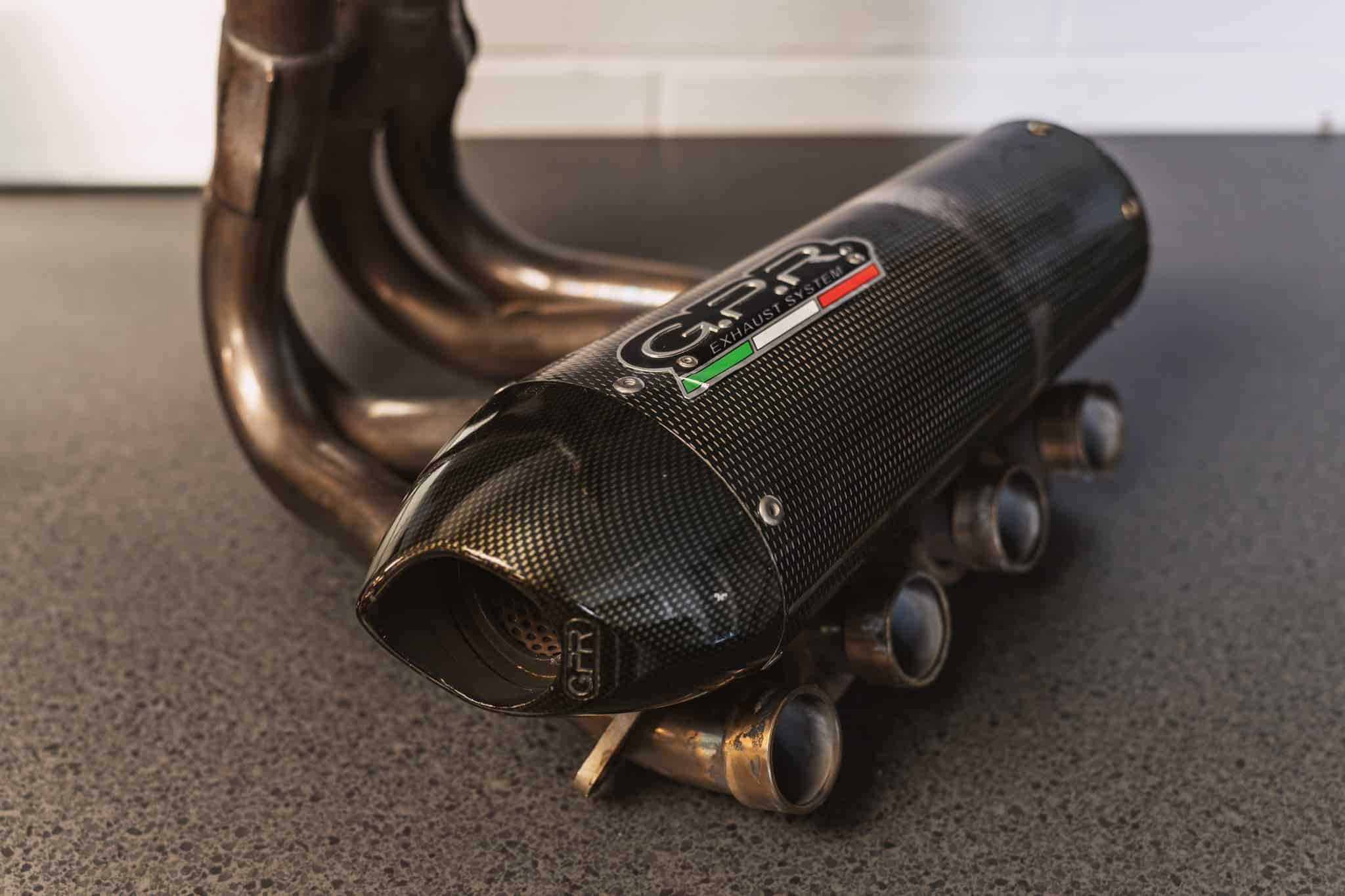
2). Race exhaust.
By fitting a full race exhaust to your motorcycle, thereby removing catalytic converter and all-round heavier construction will save another 5kg model dependant.
However, in my case, I decided to reinstate a stock system as I couldn’t run the race system on track days without fouling 102db noise regulations meaning I had to fit a baffle. The baffle reduced the power output by 25hp and therefore I considered it better to add 5kg than lose 25hp. If I was racing, I would re-instate a proper race exhaust as they have easier to meet noise regs of max 107-8db after the race.
To do this properly, from experience, the tuning of your bike is an area for experts, and we’d recommend a well-developed exhaust system from the likes of Yoshiurma, Akrapovic or Arrow, plus a track day oriented silencer. While expensive, it will be properly developed correctly to maximise performance. In the case of Arrow and our GSXR1000, they actually do a system that is developed for superstock bikes and then another system that works better for bikes that have had internal engine work done – really technical stuff. Then you will need to remap the bike otherwise it’s going to run lean and could damage your engine. I personally wouldn’t scrimp on a race exhaust, it’s vital in getting the bike running correctly. Budget around £2000-2,500 to get the full job done properly.
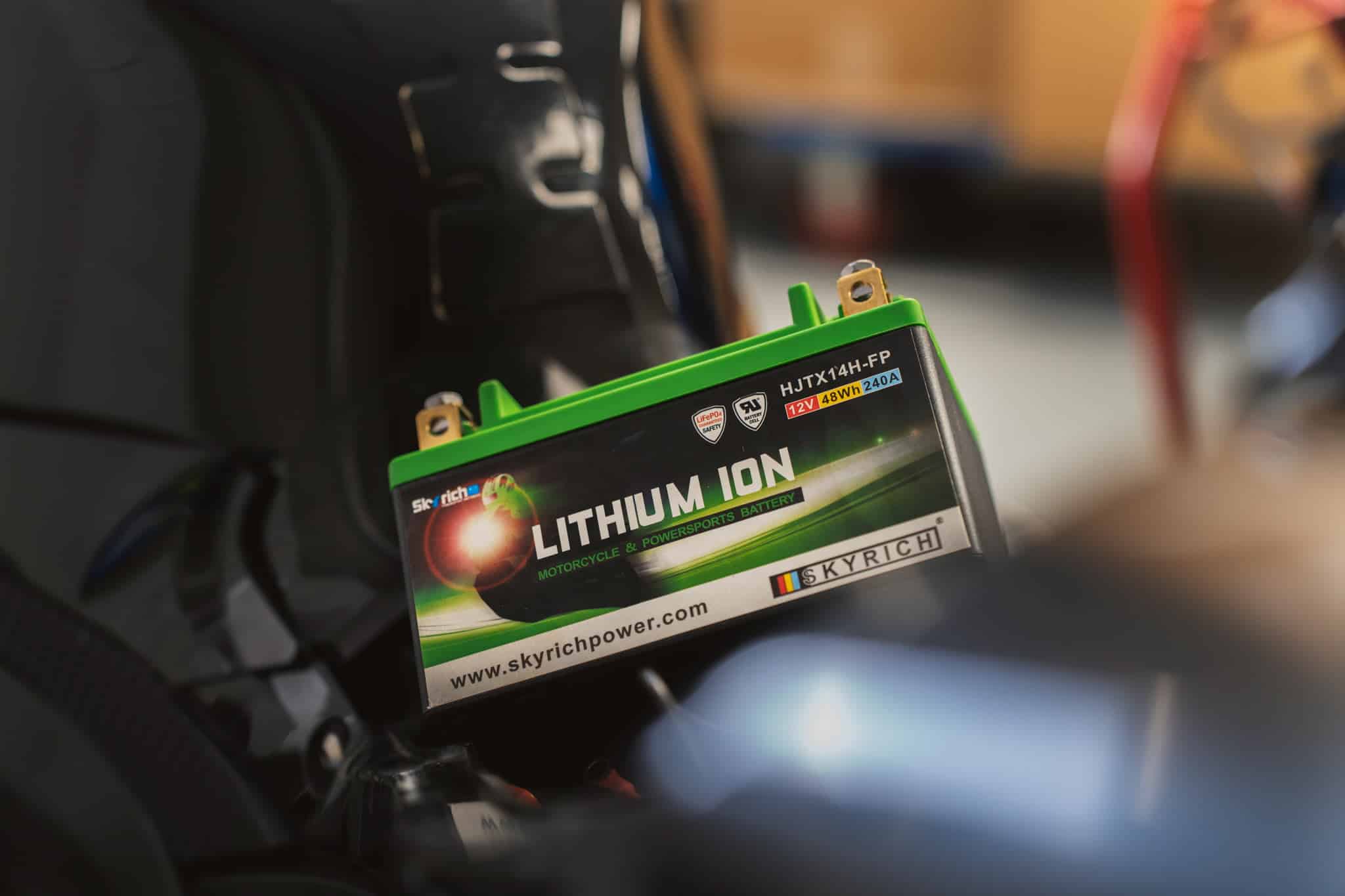
3). Install lithium battery. I have now installed a lithium battery, and this saves 2.5kg from my bike. There is no downside to doing this upgrade. It saves a great amount of weight, the battery is stronger, more reliable, more powerful. Its just a modern tech thing where there are no downsides. This model is from BikeIt International and costs £115. By motorcycle performance standards, its cheap as chips!
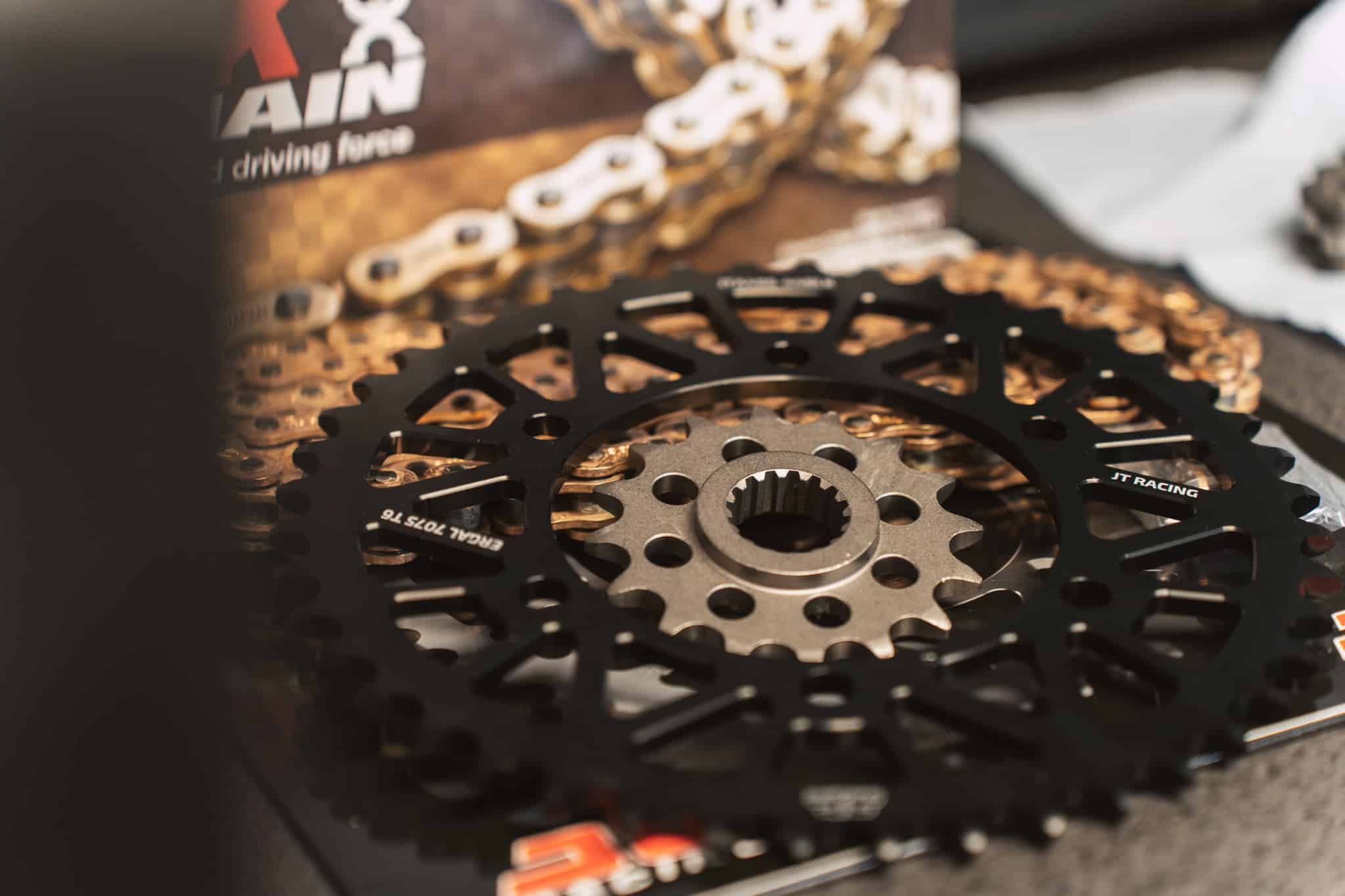
4). 520 chain and sprocket conversion. This reduces approx. 800g from the weight, mostly from the stock sprocket which was interesting. This is a rotating mass weight loss so potentially feels a bit more than it really is. The main reason we did this mod to the GSXR1000 is because we needed to put the wheel in the back of the swingarm from a stability point of view, however, it’s a great mod and looks really cool to. I have subsequently done the same on my GSXR 750 alongside some gearing changes. We paid around £140-160 from Suzuki experts MSG Racing and it’s easy to change chain and sprockets yourself.
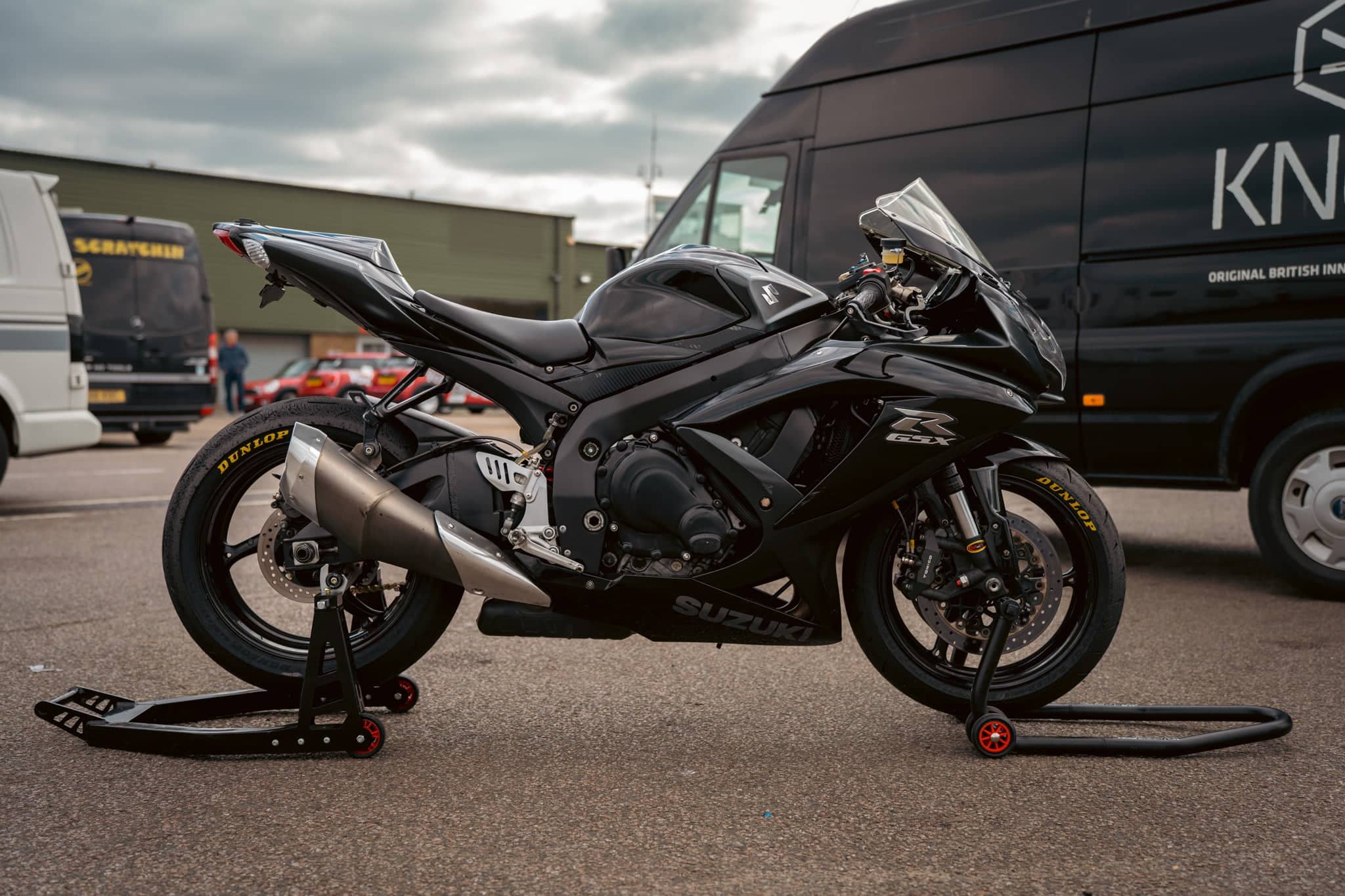
4). Other extra’s.
Race fairings – 5kg
Race Exhaust – 5kg
Lithium Battery – 2.5kg
520 chain and sprockets – 800g.
Mirrors – 1kg
Side stand – 1kg
ABS removal, exhaust servo’s etc – 2-3kg
Total on the list – circa 18kg
If we were to apply 15kg of these savings from my GSXR 750, the weight should be 176kg with 6kg fuel on board. Typically, in racing, they would weigh the machine after the race as it is, so you can imagine with around 1kg of fuel left in it, it would be around 171kg. This would be very light, in fact, 3kg under BSB superstock 1000cc limit and lower than the WSS soft maximum.
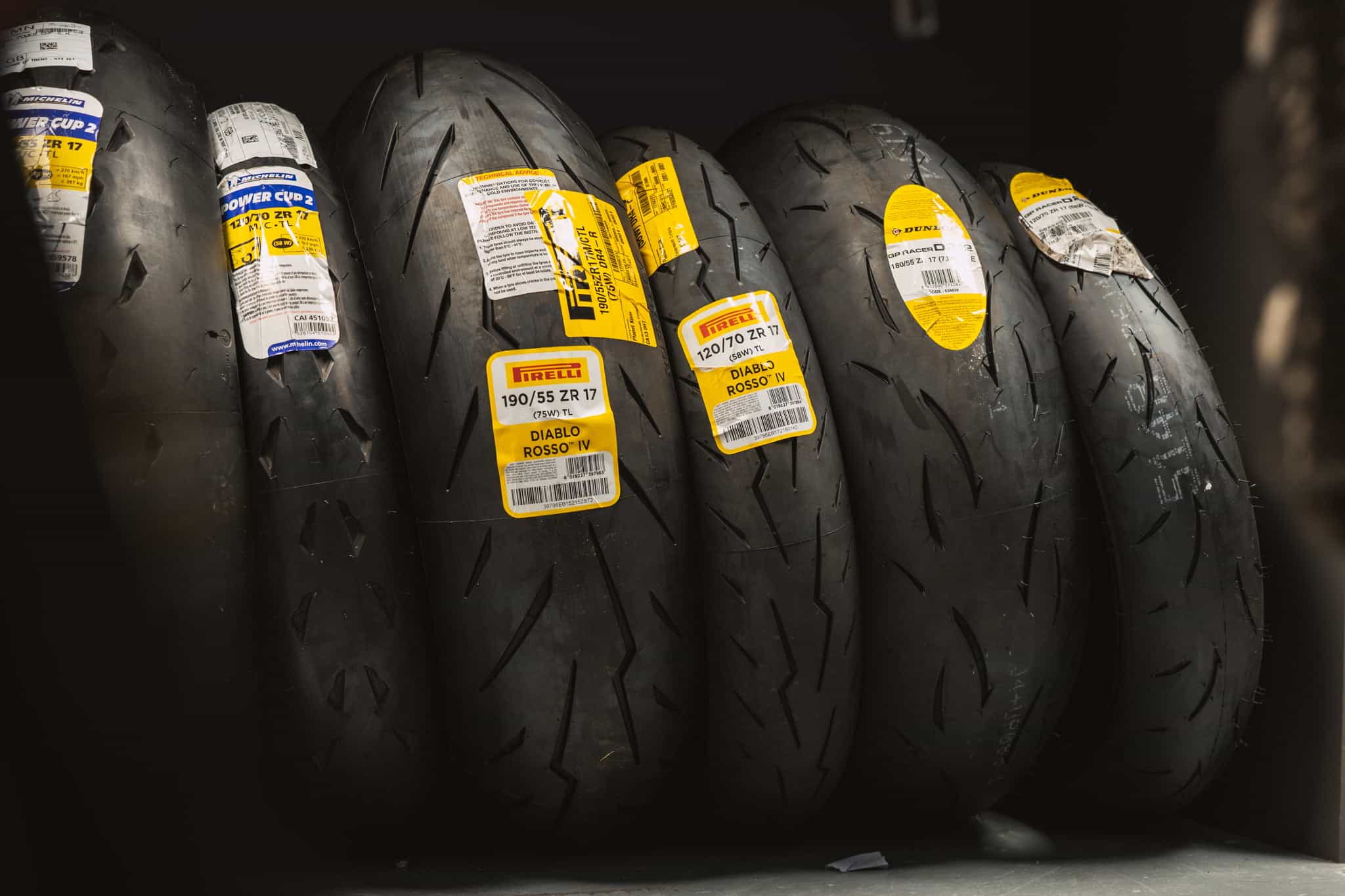
Other considerations.
Wheels.
You’re probably surprised I left lightweight wheels off the list, but in reality, they may not have the weight benefit people are looking for. For example, although they look incredible, a pair of Dymag UP7x set of wheels will only save approx. 300-500g per wheel in comparison to a modern GSXR1000r wheel and cost over £2,000 to buy.
Generally, people argue that lightweight wheels are a must based on rotating mass weight savings, but totally miss the fact that your actual wheel only accounts for about 33% of your total wheel weight.
The balance taken by brake discs and the heaviest and biggest contributor to the rotating mass of your wheels, your tyres!
Raw wheel – 3.82kg
Brake Discs – 2.76kg
Tyre – 4.66kg
Total – 11.24kg
To give a bit of an example here, by switching from the Dunlop Sportsmart TT’s tyres to the Michelin Power Cup 2 would save circa 1.38kg. – essentially a better weight saving than buying £2,000 Dymag lightweight wheels. This is where the whole weight saving issue gets a bit negligible and we’d never recommend selecting tyres based purely on their weight, its only to highlight another way to skin the cat, and something that no one considers.
Of course, carbon fibre wheels would reduce the weight further, but have downsides that they can chip easily when you change tyres, don’t repair well if you have a crash. End of the day, none of the race bikes I’ve seen actually use Carbon wheels even if the bike is homologated with them like the S1000rr so maybe the benefit isn’t as big as people imagine against the clock. If they did make a difference on track, race teams with £mill budgets would all be using them to gain a few tenths.
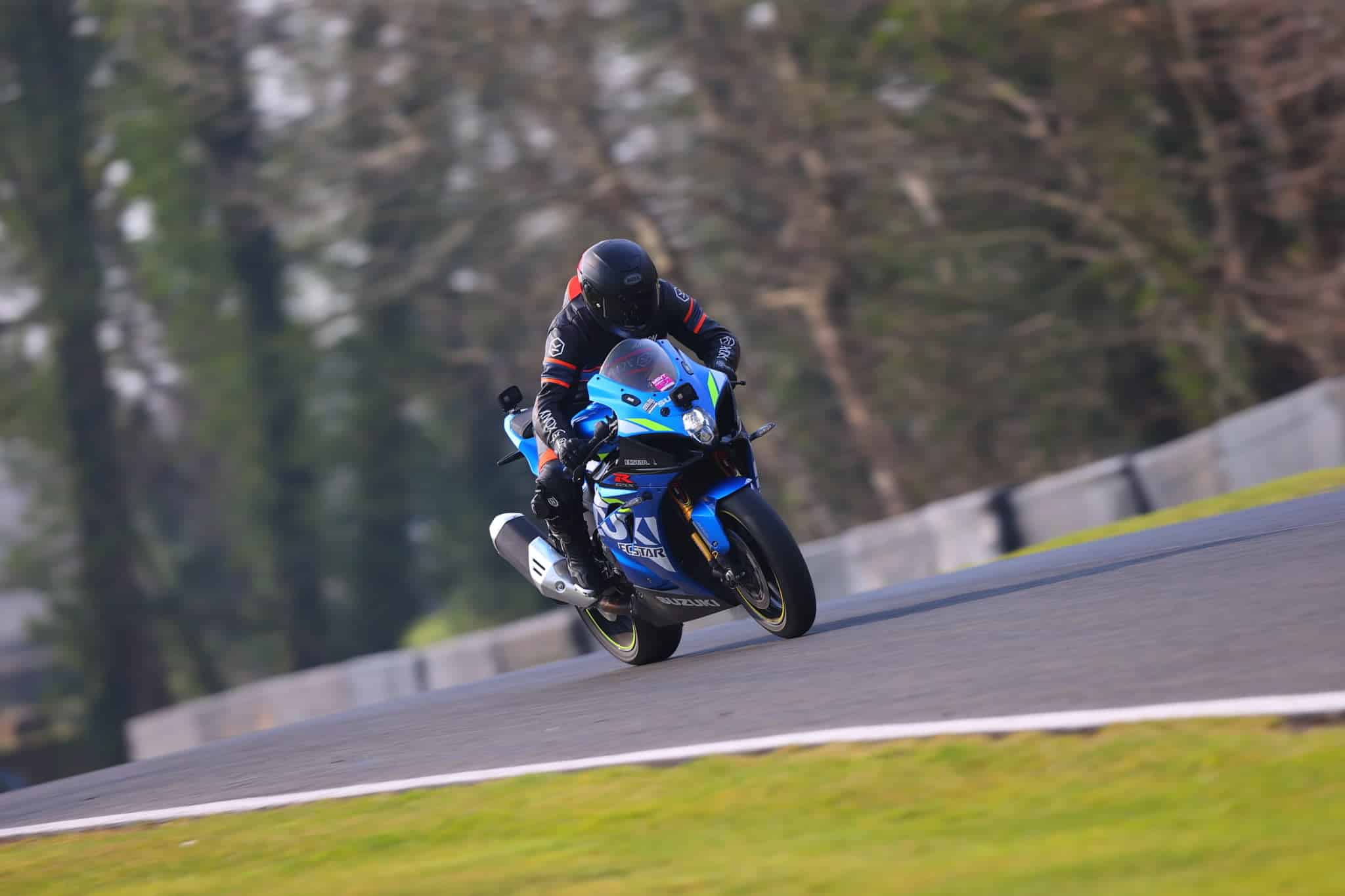
Other upgrades.
Actually, we’ve found that in some cases, we’ve added weight to the bike. For example, we changed out Geoff’s GSXR1000r stock shock to a Nitron race shock and this added .5kg. The shock upgrade will transform its performance and stability but add a small amount of weight. It’s not all a case of lighter the better… its just not that clear cut unfortunately.
Final comments.
So, in all, I think I’ve set out most of the main ways in which you could reduce the weight of your bike. Some of them are no brainers, like the lithium battery and if you are making a track or race only bike, changing the exhaust and fairings.
My GSXR 750 now weighs 184kg, and I have around another 12kg in the bank where I know I can save weight if I want to go down that route and make it track only. The key thing is, I have a plan, I know what the costs are and I know what the compromises are.
I think what it has highlighted to me is that in the most part, losing big chunks of weight isn’t always clear cut, but yes, by spending approx. £3,500ish to most machines out there you can save about 15kg from the weight. But in the end, probably the easiest way and cheapest way is to get back on that treadmill!
Weight Saving IMAGE GALLERY
Knox products worn on test!
-
Select options This product has multiple variants. The options may be chosen on the product page
Aegis Back Protector
£129.99 – £149.99 -
OUT OF STOCKSelect options This product has multiple variants. The options may be chosen on the product page
Black Illusion Tee
Original price was: £19.99.£12.99Current price is: £12.99. -
Select options This product has multiple variants. The options may be chosen on the product page
Max Dual Active Base Layer
£44.99
Written by Aaron Travell



